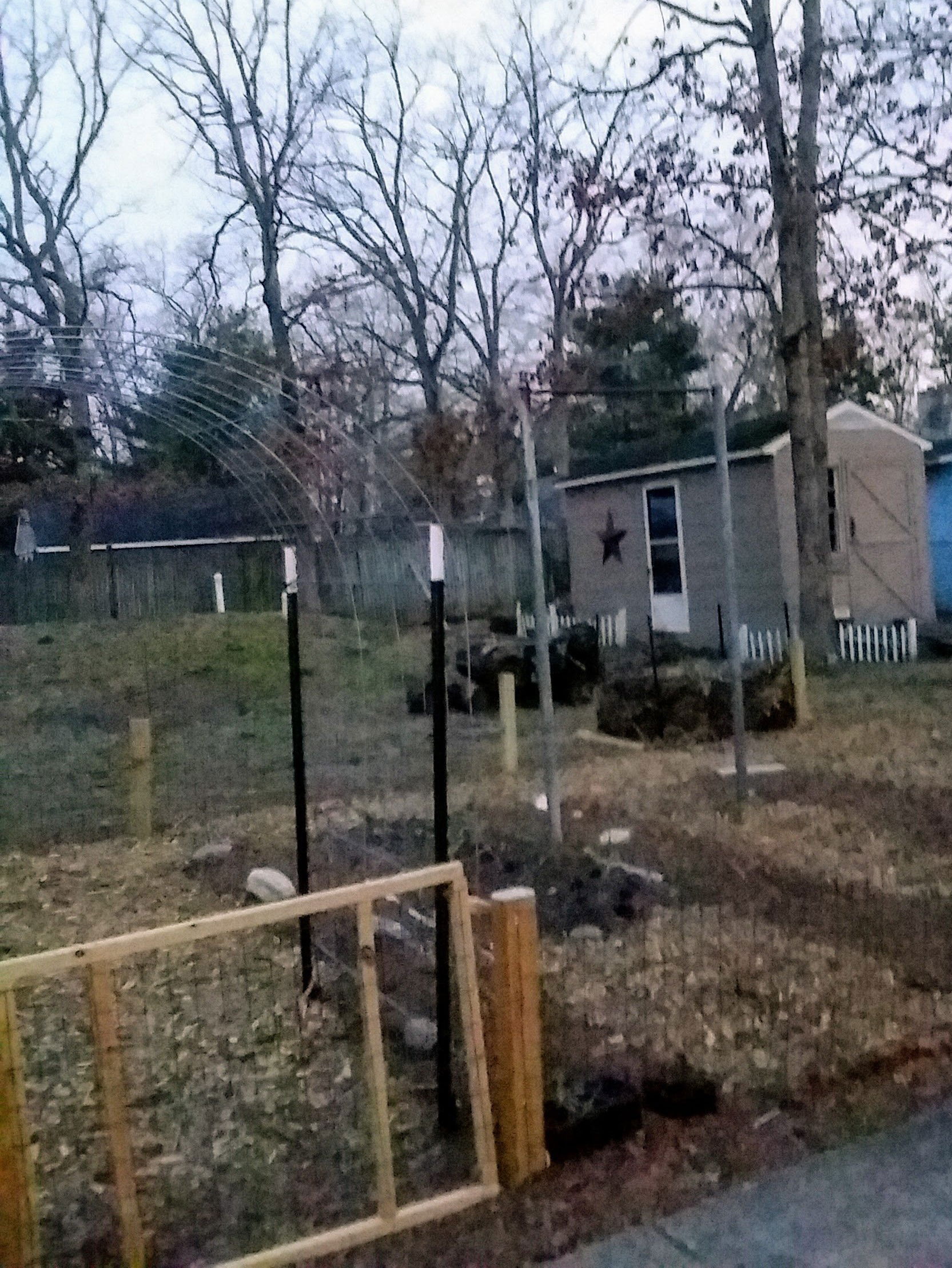Starting New Garden Beds - Easy!

If you have more than a cement patio (great for growing in pots), then you have room for a new garden bed. However, most people will shy away from trying to convert it because it can seem wildly laborious and exhausting just to think about.
When I first started out at a new property and determined I was going to to attempt to grow a large portion of food for my family of five, I "dug in" with a garden fork and a shovel. I would flip over a chunk of grass, break it apart with my hands and toss the grass and weeds into a pile (to haul away elsewhere in yard later).
My thinking at the time was, "I need a clear, open piece of soil to plant my new seedlings into." Although this true, we don't have to break our backs or the life and connection in the soil to achieve this.
Late in the fall or early in the spring, just cover the area with plain brown corrugated cardboard or 1/2" thick layers of newspaper. If it's spring, you can pour bags of topsoil, compost and composted manure on top and plant straight away. The cardboard will stay moist, block weeds, feed the worms and add goodness to the soil as it breaks down. If it is fall and you have some time, just layer the cardboard or paper with a bunch of chopped leaves or straw. All will dampen, degrade and add to the bed. The weeds below will die and rot and add to richness as well. If ever you need to plant below this barrier line before it's become part of the bed, use scissors, a razor blade or the tip of a sharp shovel to cut through. If this is the case, I tuck the paper or cardboard back around the new planting. If I have paths, I use the cardboard to block weeds and grass and cover these with chopped leaves or wood mulch. All is kept tidy and weeds are minimal.
We are using our brains instead of our brawn, recycling resources, feeding the life of the soil and taking a step that benefits all.
A much better way of doing things! -By Jenny Folk
Check us out on Facebook, Instagram and Tiktok under Abundance and Diversity


